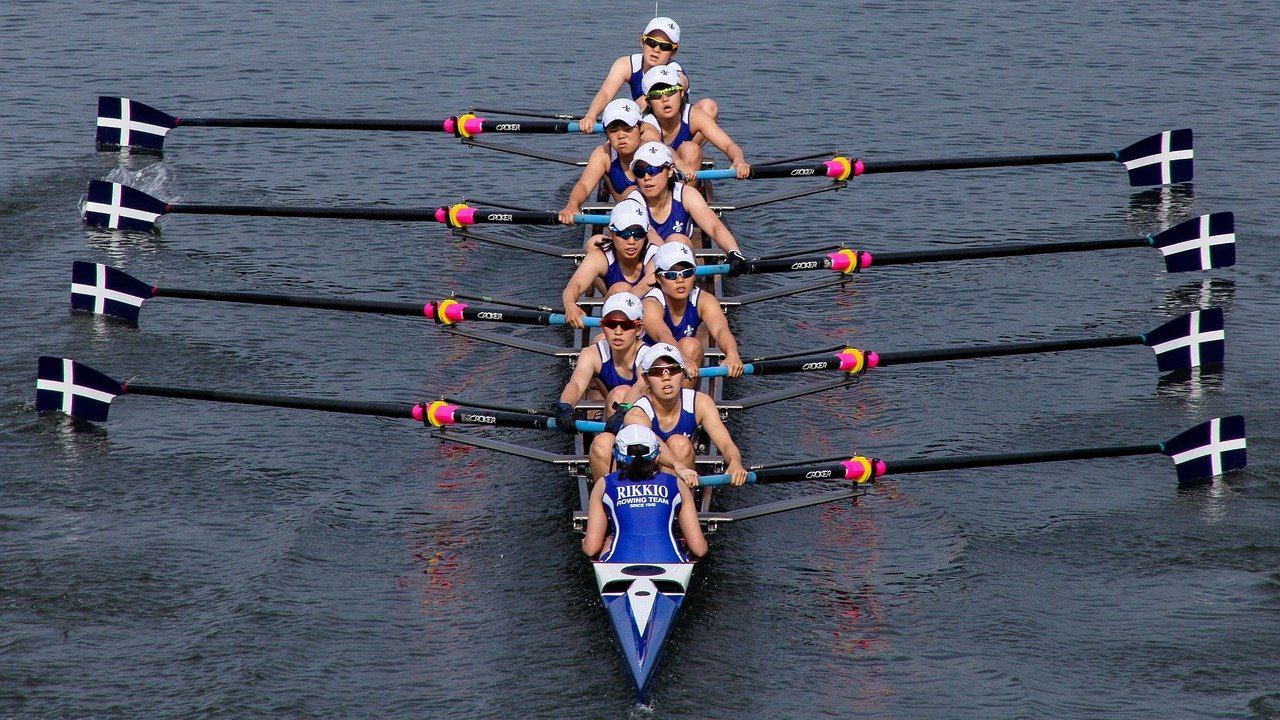Cheerleading: More Than Just Pom-Poms
Cheerleading is often perceived as a sideline activity, but it’s a physically demanding sport that requires strength, agility, coordination, and dedication. It’s a blend of athleticism, performance art, and team spirit, and it plays a vital role in supporting sports teams and fostering school pride. Let’s delve into the world of cheerleading, exploring its various facets and highlighting its importance.
The History and Evolution of Cheerleading
From Sideline Support to Competitive Sport
- Cheerleading’s origins can be traced back to the late 19th century, initially starting as an all-male activity at Princeton University.
- In 1869, students began leading organized cheers at football games, marking the early stages of organized cheerleading.
- Johnny Campbell, a University of Minnesota student, is credited as the first official cheerleader in 1898.
- Women gradually became more involved, especially during World War II when male athletes were serving in the military.
- Over time, cheerleading evolved from simple chants and yells to include gymnastics, dance, and complex stunts.
- The introduction of the National Cheerleaders Association (NCA) in 1948 standardized cheerleading techniques and promoted safety.
- Today, cheerleading is a globally recognized sport with various competitive levels, including high school, collegiate, and professional teams.
Key Milestones in Cheerleading History
- 1948: The National Cheerleaders Association (NCA) is founded, standardizing techniques and promoting safety.
- 1970s: Cheerleading routines become more athletic, incorporating tumbling and stunts.
- 1980s: Competitive cheerleading starts to gain popularity, with organized competitions and events.
- Present: Cheerleading is a globally recognized sport with a diverse range of styles and competitive levels.
Essential Skills and Training in Cheerleading
Physical Conditioning and Strength Training
- Cardiovascular Endurance: Cheerleaders need to maintain high energy levels throughout routines, requiring strong cardiovascular health. Training includes running, interval workouts, and plyometrics.
- Strength Training: Stunts require significant upper and lower body strength. Exercises include weightlifting, bodyweight exercises (push-ups, squats), and core strengthening.
- Flexibility and Stretching: Cheerleading involves many acrobatic elements. Regular stretching and flexibility exercises are essential to prevent injuries and enhance performance.
- Agility and Coordination: Cheerleaders must be agile and coordinated to execute complex routines. Drills include ladder drills, cone drills, and agility courses.
- Example: A typical strength training routine might include squats (3 sets of 10-12 reps), push-ups (3 sets to failure), lunges (3 sets of 10-12 reps per leg), and planks (3 sets holding for 30-60 seconds).
Stunting, Tumbling, and Dance
- Stunting: Building pyramids and performing various partner stunts, such as lifts, tosses, and cradles. Stunting requires excellent communication, trust, and technique.
Base: Provides a stable foundation for the stunt.
Flyer: The person lifted into the air, requiring balance and coordination.
Spotter: Ensures the flyer’s safety by providing support and guidance.
- Tumbling: Performing gymnastic elements such as cartwheels, handsprings, tucks, and layouts. Tumbling requires significant skill and practice.
- Dance: Incorporating dance elements into routines, including jumps, motions, and choreography. Dance sequences add flair and artistry to the performance.
- Example: A basic stunt progression starts with a “prep” (a two-legged stunt) before moving to more complex stunts like extensions or liberties.
The Benefits of Participating in Cheerleading
Physical and Mental Health Benefits
- Improved Physical Fitness: Cheerleading requires a high level of physical fitness, improving strength, endurance, flexibility, and agility.
- Enhanced Coordination and Balance: The dynamic nature of cheerleading improves coordination and balance, essential for stunting and tumbling.
- Increased Confidence and Self-Esteem: Mastering challenging skills and performing in front of crowds boosts confidence and self-esteem.
- Stress Reduction: Engaging in physical activity and being part of a team can help reduce stress and improve mental well-being.
- Discipline and Time Management: Balancing cheerleading commitments with academics and other activities teaches discipline and time management skills.
Social and Personal Development
- Teamwork and Collaboration: Cheerleading emphasizes teamwork, as members must work together to achieve common goals.
- Leadership Skills: Cheerleaders often take on leadership roles within the team, developing communication and motivational skills.
- Friendship and Camaraderie: Being part of a cheerleading team fosters strong bonds and lasting friendships.
- Community Involvement: Cheerleaders often participate in community service projects and events, promoting a sense of civic responsibility.
- Improved Communication Skills: Cheerleaders must communicate effectively with each other during practices and performances.
Competitive Cheerleading: Levels and Organizations
High School, Collegiate, and All-Star Cheerleading
- High School Cheerleading: Focuses on supporting school sports teams and competing against other high schools. Teams typically perform at football and basketball games, as well as local and regional competitions.
- Collegiate Cheerleading: Involves representing universities and colleges at sporting events and national competitions. Collegiate cheerleading is highly competitive and requires advanced skills.
- All-Star Cheerleading: Competitive cheerleading outside of the school system. All-star teams are typically affiliated with private gyms and compete at regional, national, and international levels.
Levels: All-star cheerleading is divided into levels based on skill proficiency, ranging from Level 1 (beginner) to Level 7 (elite).
Key Cheerleading Organizations and Events
- National Cheerleaders Association (NCA): One of the oldest and most respected cheerleading organizations, offering camps, competitions, and educational resources.
- Universal Cheerleaders Association (UCA): Another prominent organization providing cheerleading training, events, and competitions.
- Varsity Spirit: A parent company that encompasses NCA, UCA, and other cheerleading brands, organizing large-scale events and competitions.
- Cheerleading Worlds: The most prestigious international all-star cheerleading competition, featuring teams from around the globe.
- Example: The NCA High School National Championship is a highly competitive event that attracts top high school cheerleading teams from across the United States.
Conclusion
Cheerleading is a multifaceted activity that combines athleticism, artistry, and team spirit. From its historical roots as sideline support to its current status as a competitive sport, cheerleading has evolved significantly. The benefits of participating in cheerleading extend beyond physical fitness, fostering social development, leadership skills, and a strong sense of community. Whether cheering on a sports team or competing at a national level, cheerleaders demonstrate dedication, perseverance, and a passion for their sport. Cheerleading continues to inspire and empower individuals, making a positive impact both on and off the field.



